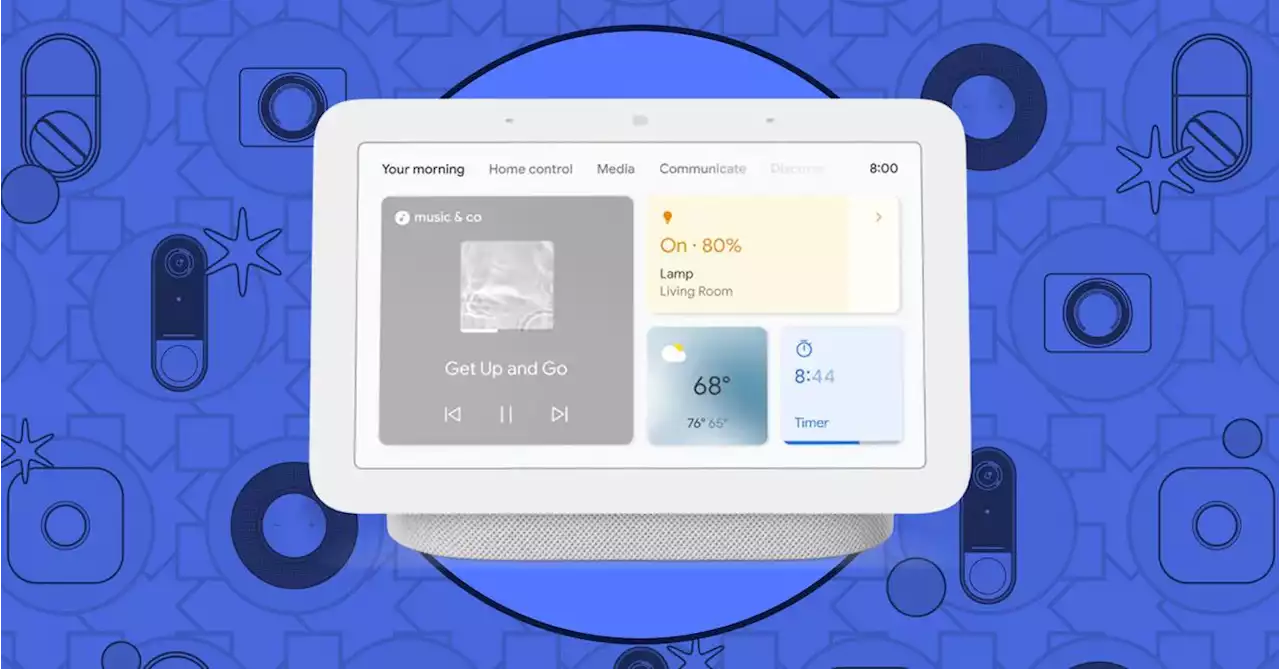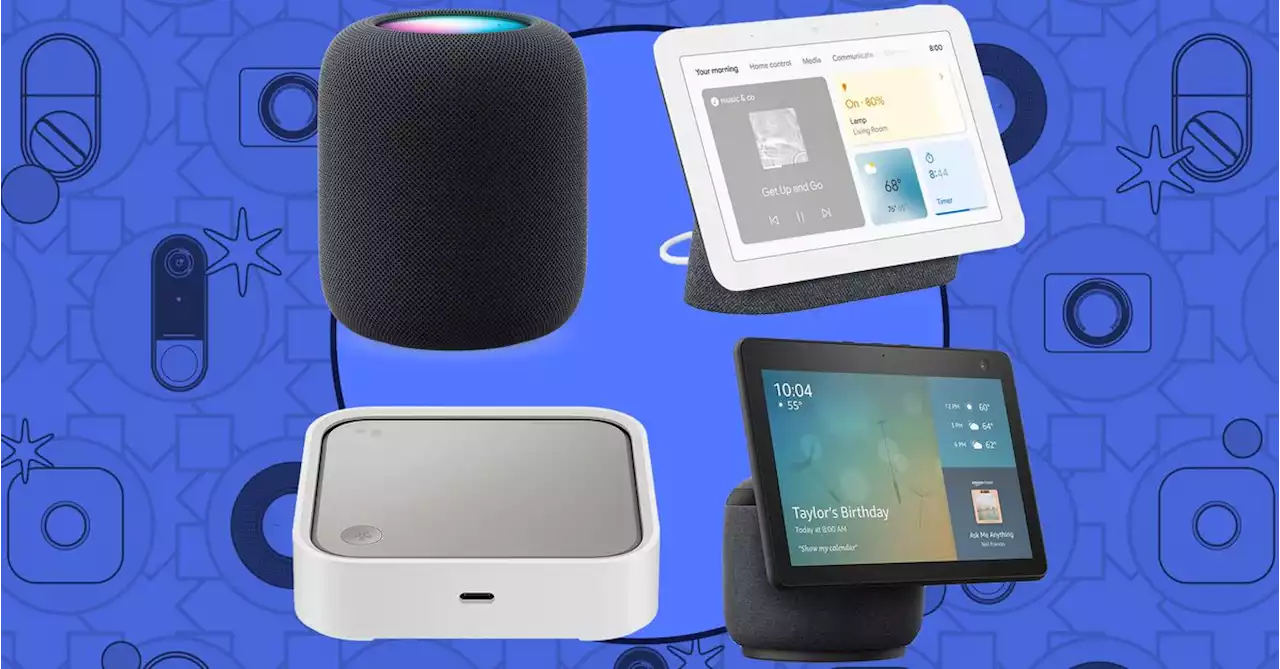Google Home's new script editor can make smart device automations even more powerful
. It gives users even more granular control over automations, letting them do things like"dim lights and lower blinds when the living room TV is on after dark," to cite one Google example. It does require some basic programming abilities, though, as it uses the YAML data serialization language.
Building an automation requires three elements: starters, conditions and actions. A starter triggers the automation, for example flipping on the TV in the above example. Conditions, meanwhile, are prerequisites to be met before the script will run; for example the time must be between sunset and sunrise. Finally, actions specify which devices will then be triggered, i.e., lowering the blinds and turning off the lights.
The script editor is available in a public preview build of the Google Home app or on the web, along with a variety of
United States Latest News, United States Headlines
Similar News:You can also read news stories similar to this one that we have collected from other news sources.
 How to start a smart home using Google HomeGoogle’s Home smart home ecosystem is gathering steam.
How to start a smart home using Google HomeGoogle’s Home smart home ecosystem is gathering steam.
Read more »
 Google, OpenAI will share AI models with the UK government | EngadgetThe UK says AI leaders like Google and OpenAI will share AI models to help with research and safety..
Google, OpenAI will share AI models with the UK government | EngadgetThe UK says AI leaders like Google and OpenAI will share AI models to help with research and safety..
Read more »
![]() Google's Pixel Watch now offers overnight blood oxygen tracking | EngadgetGoogle's Pixel Watch now offers overnight blood oxygen tracking
Google's Pixel Watch now offers overnight blood oxygen tracking | EngadgetGoogle's Pixel Watch now offers overnight blood oxygen tracking
Read more »
 Google's 'Katamari Damacy' easter egg lets you roll up your search results | EngadgetGoogle's 'Katamari Damacy' easter egg lets you roll up your search results
Google's 'Katamari Damacy' easter egg lets you roll up your search results | EngadgetGoogle's 'Katamari Damacy' easter egg lets you roll up your search results
Read more »
 Anker's new Solix home energy storage includes a modular solar battery system | EngadgetAnker is moving into Tesla's territory with the launch of the Solix line of home energy products, including a modular Powerwall-like battery storage system..
Anker's new Solix home energy storage includes a modular solar battery system | EngadgetAnker is moving into Tesla's territory with the launch of the Solix line of home energy products, including a modular Powerwall-like battery storage system..
Read more »
 How to pick a smart home platformAmazon, Apple, Google, and Samsung all offer smart home platforms — which should you choose?
How to pick a smart home platformAmazon, Apple, Google, and Samsung all offer smart home platforms — which should you choose?
Read more »
